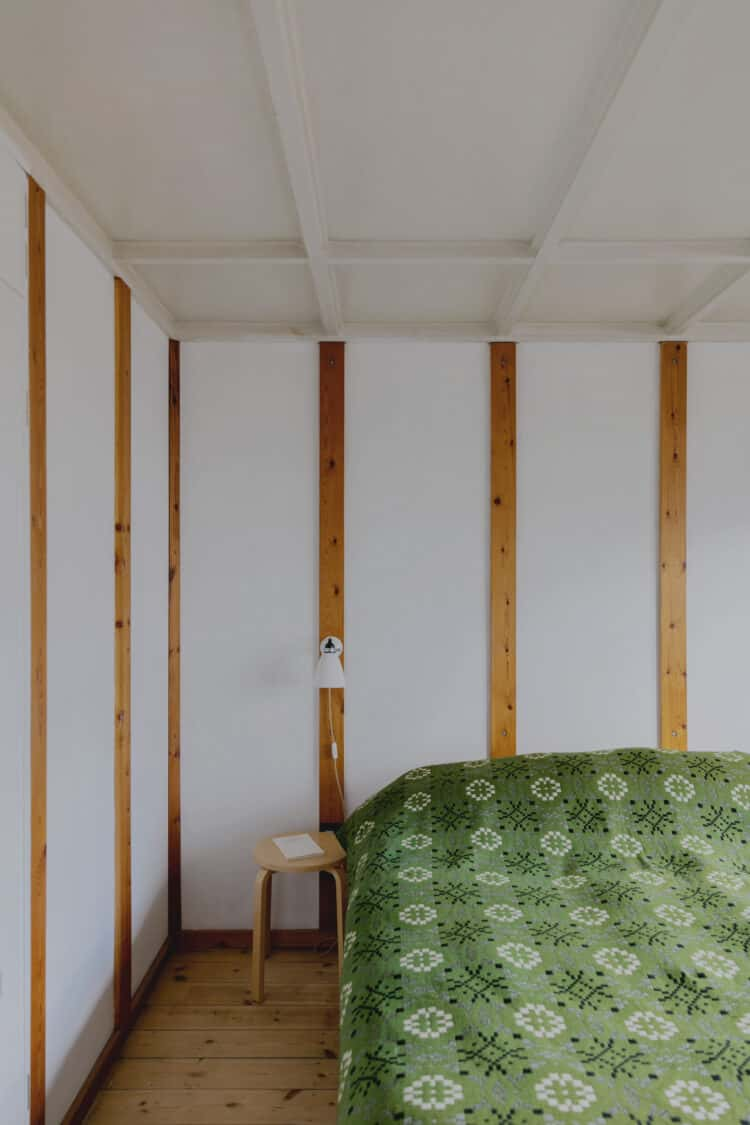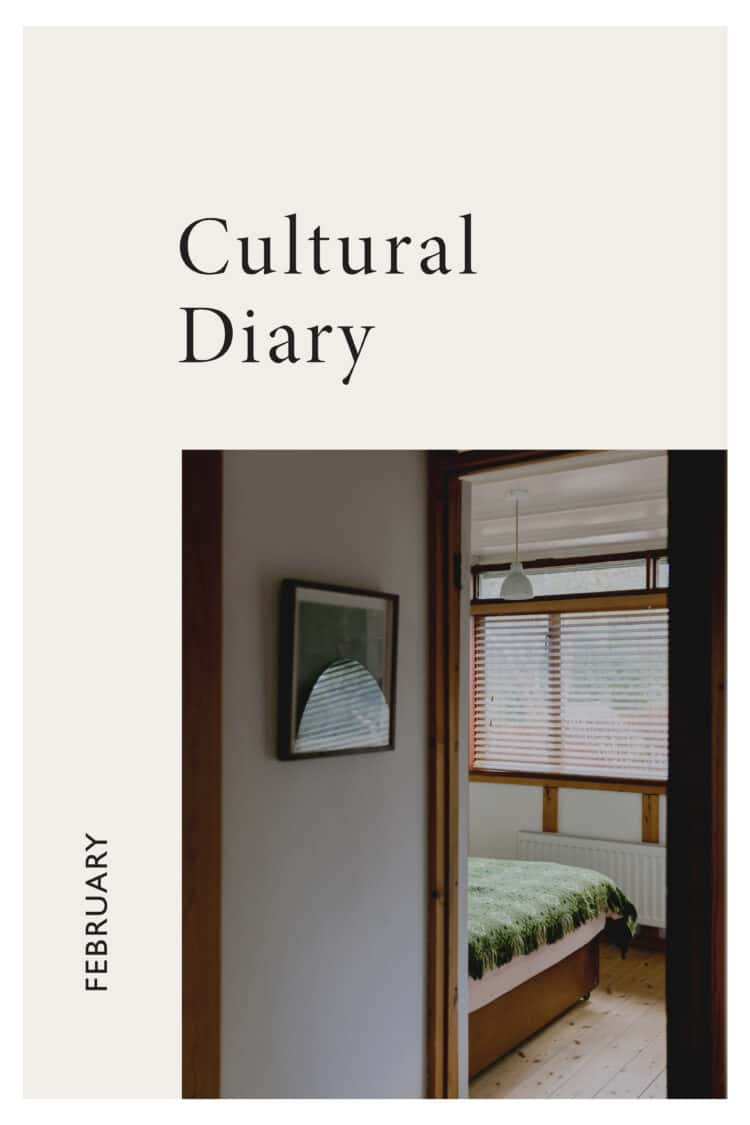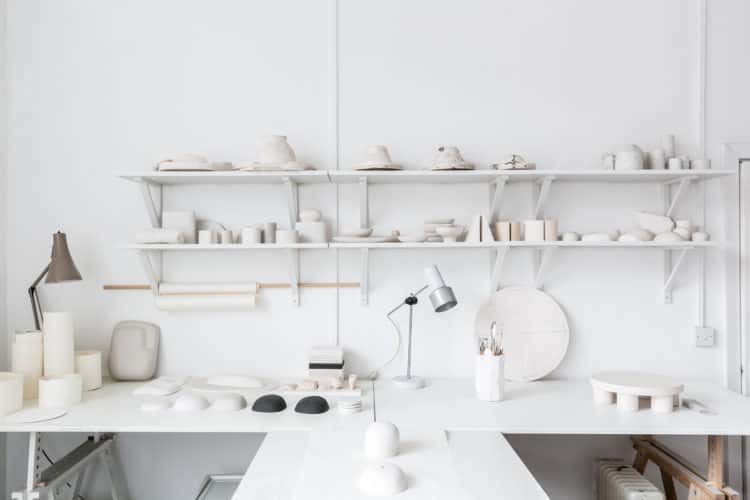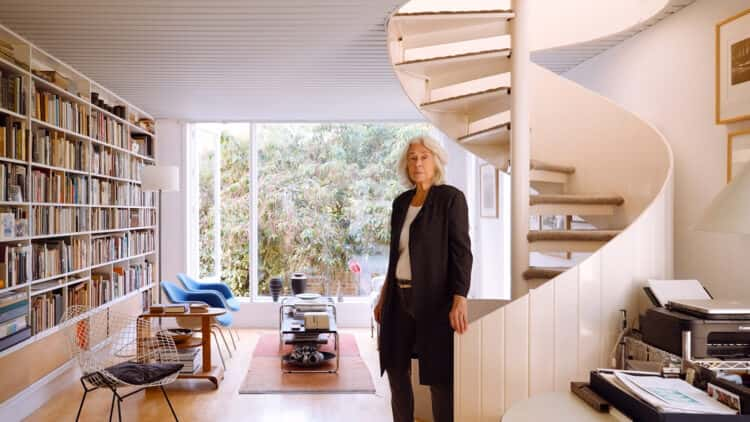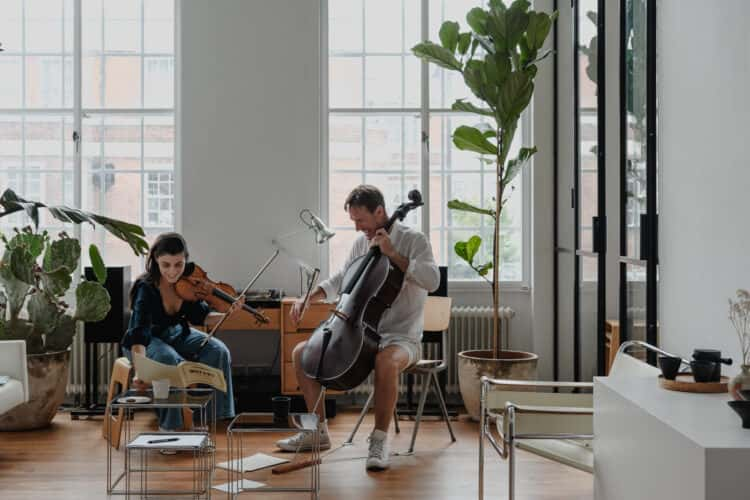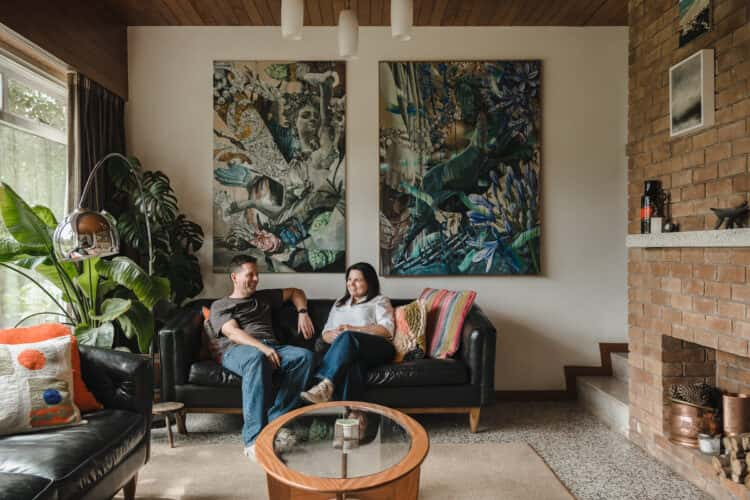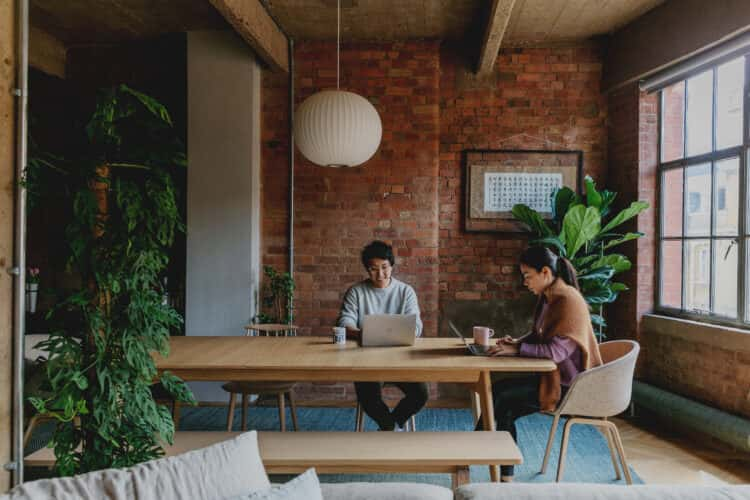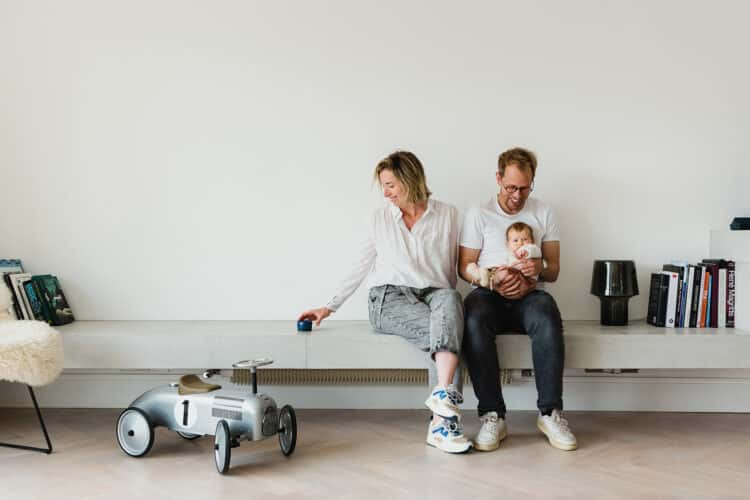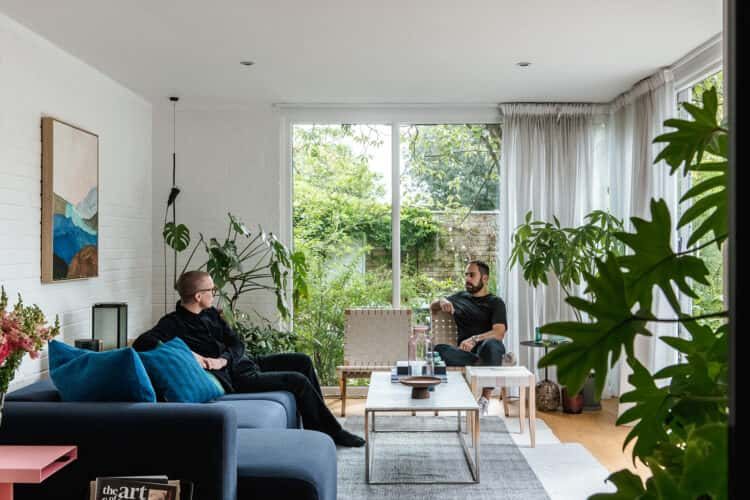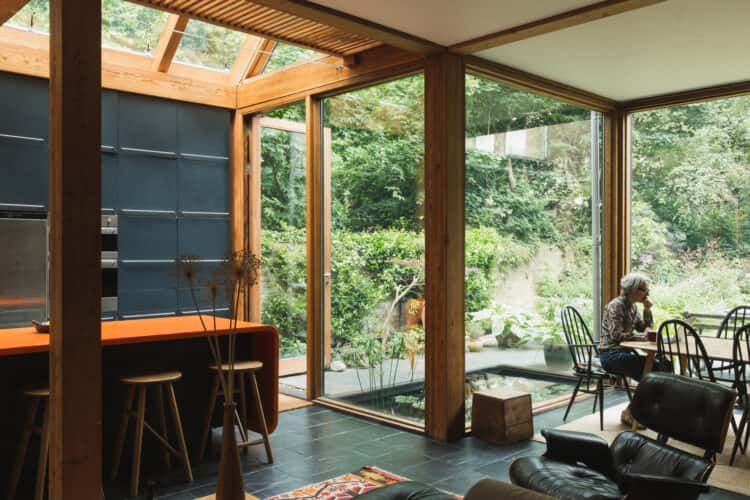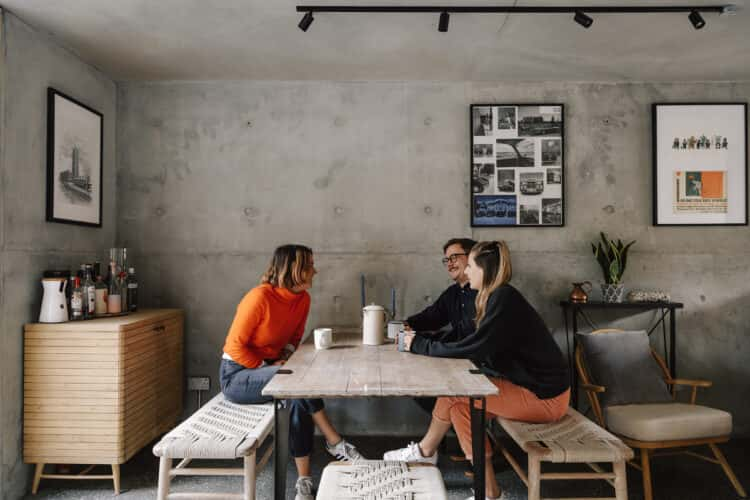Checking In: Simon Elvins and Adele Jeffs reveal their sensitive renovation to a Walter Segal self-build house in Sydenham, south-east London
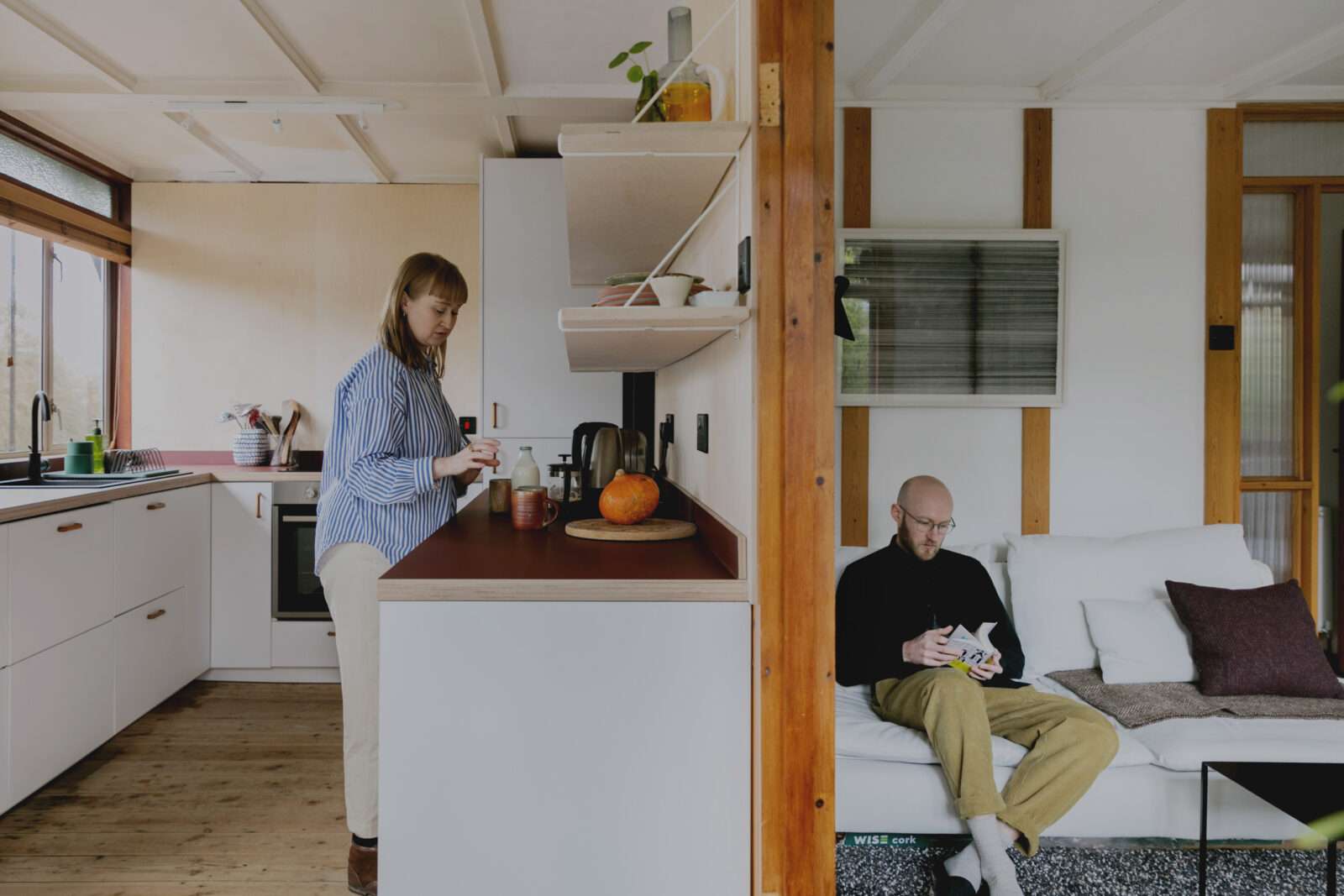
The Segal houses, named after their designer, German-Swiss architect Walter Segal, were all notably built by their residents. Segal stripped back the idea of homebuilding to its simplest terms, creating a framework for buildings whose foundations and timber frames were assembled with simple, lightweight and affordable materials. These environmentally friendly, low-cost homes look and feel strikingly modern to this day.
In 2019, Simon and Adele bought and sold through The Modern House, swapping their two-bedroom flat in Forest Hill for their new home, which looks over Sydenham Wells Park and was built in 1981 by a local resident who secured the plot in a land lottery held by Lewisham Council. Jake Elliot, Senior Appraisals Specialist at The Modern House, caught up with them on a bright, early spring afternoon.
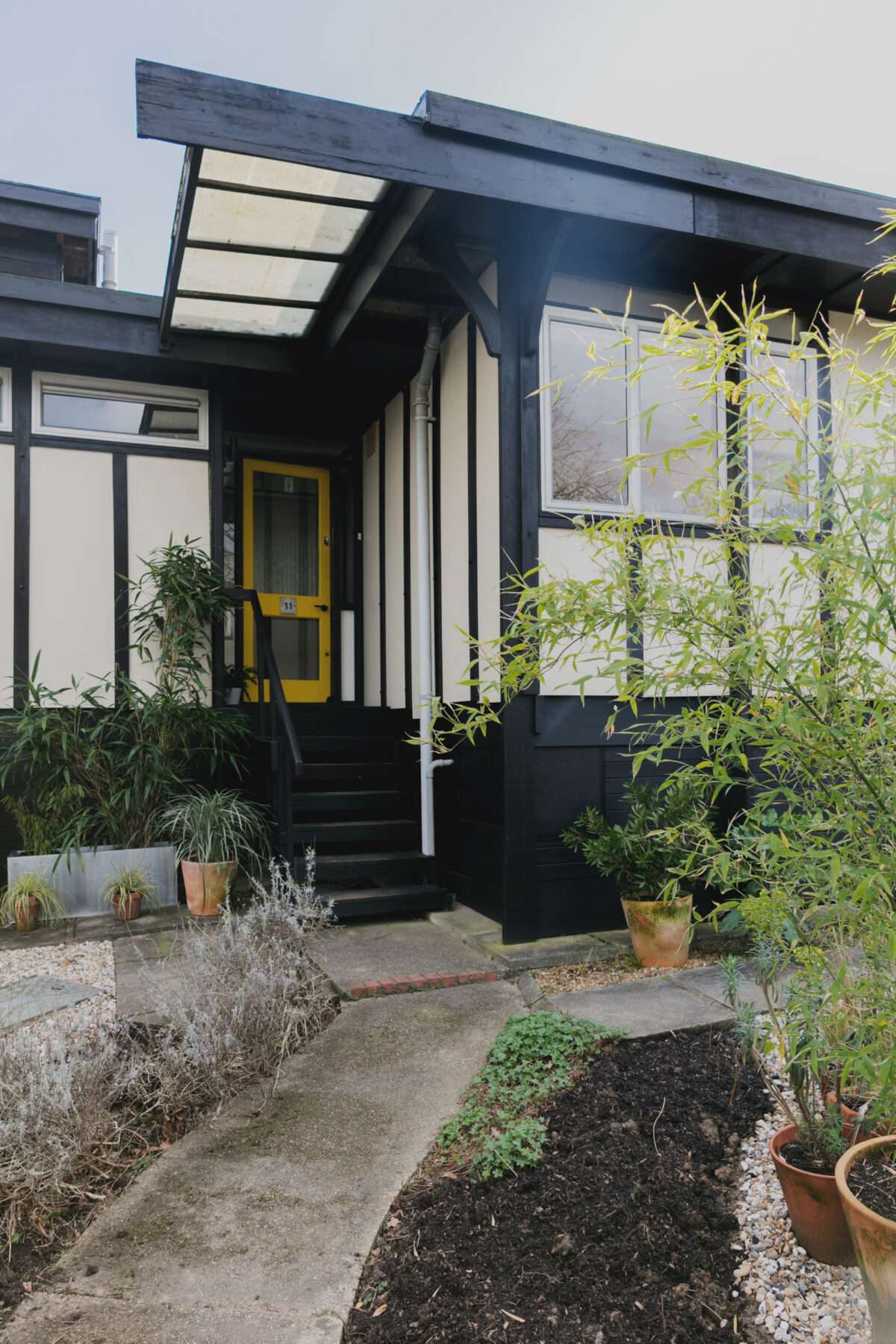
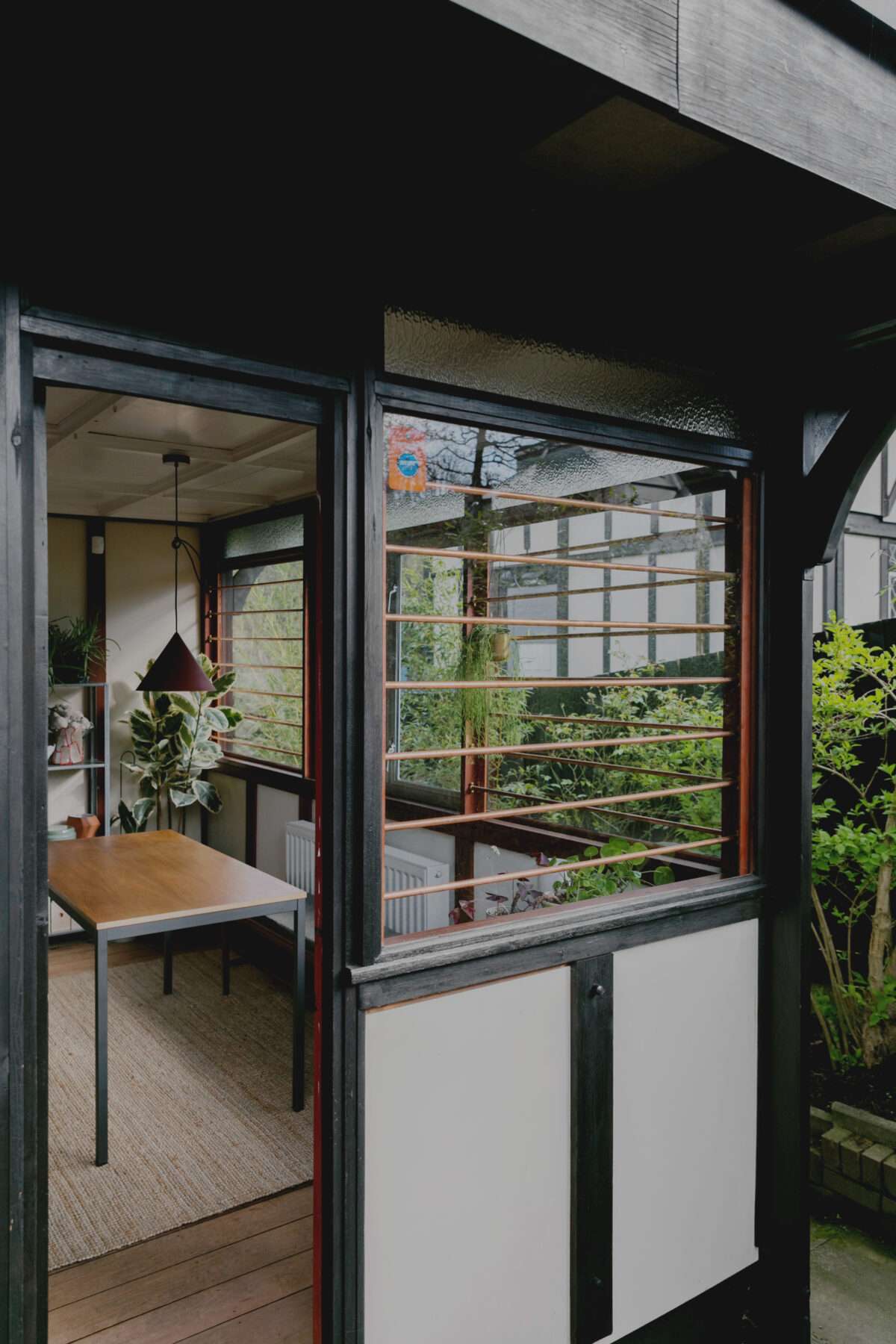
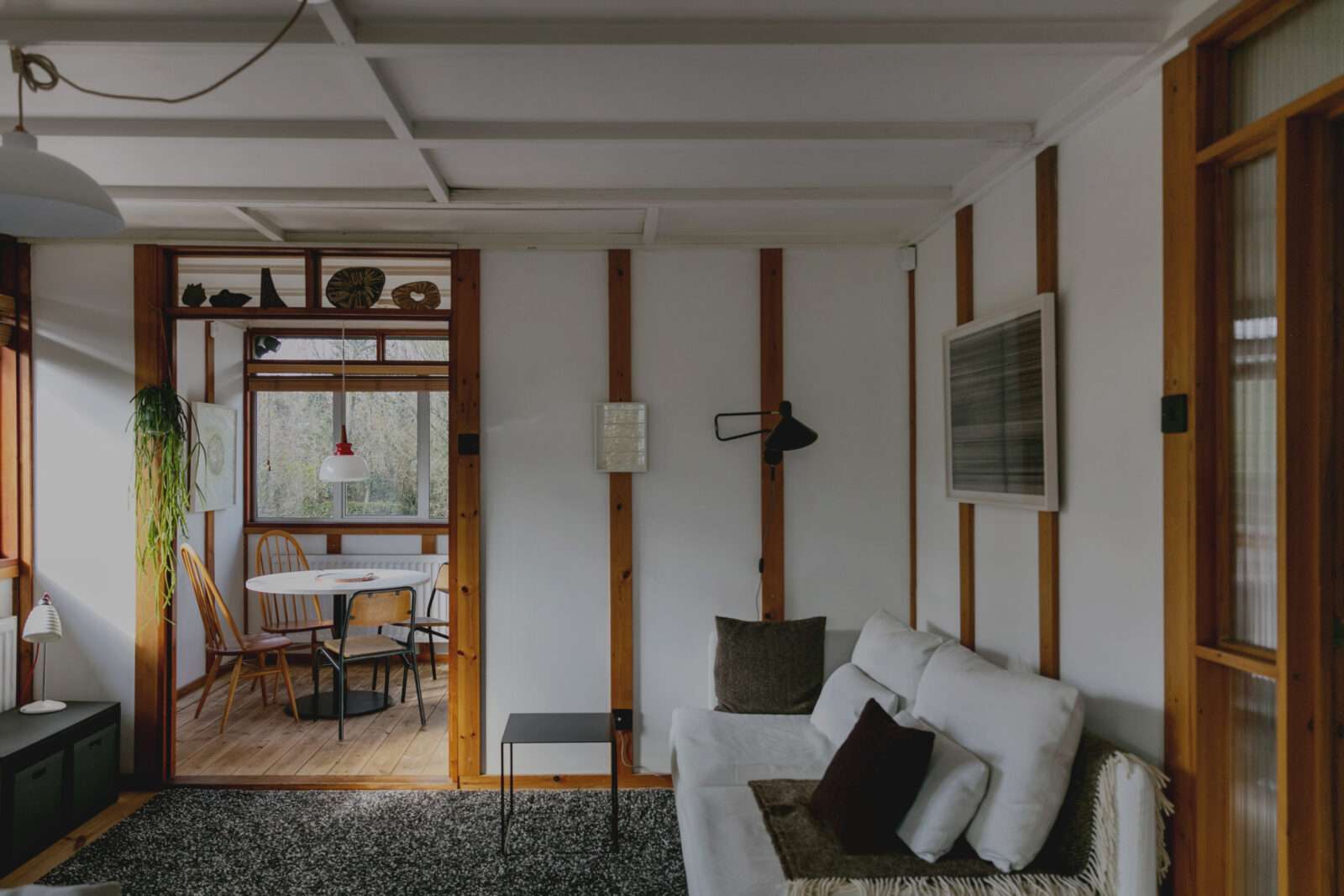
Simon: “We were ready to move and this place came up on The Modern House pretty much at that point, which was great. Sometimes things happen for the right reasons, you’ve just got to trust it.”
Adele: “I was brought up in Lewisham. Growing up, we lived on the other side of the borough in Lee, but we were aware of these places. My mum was quite a big fan of the self-build movement and these houses in particular.”
And why this house?Adele: “It’s on a scale where you’re able to do things yourself and that’s something that we’re both pretty interested in. I’m really interested in how things are made, and I like to feel part of that process, to be involved in a way that you can’t be in traditional buildings.”
Simon: “Just the approach to it invites you to think about how you could do things yourself. You can look at it and start to see how it’s put together; you can see the panels and the beams.”
Adele: “Our old place was in this 1920s block and our kitchen was green and bright pink. And then we moved in here and it just felt like we’ve got to be led by the environment and the space, and think about the integrity of the building.”
You’re in a beautiful setting here. Does the house feel connected to its environment?Adele: “The way the roof overhangs means that rain doesn’t touch the side of the building. You’re surrounded by greenery, but I definitely feel like there’s a softer barrier between us and the outside. Because of the amount of windows and the wood, it feels like there’s optimism ingrained in this place.”
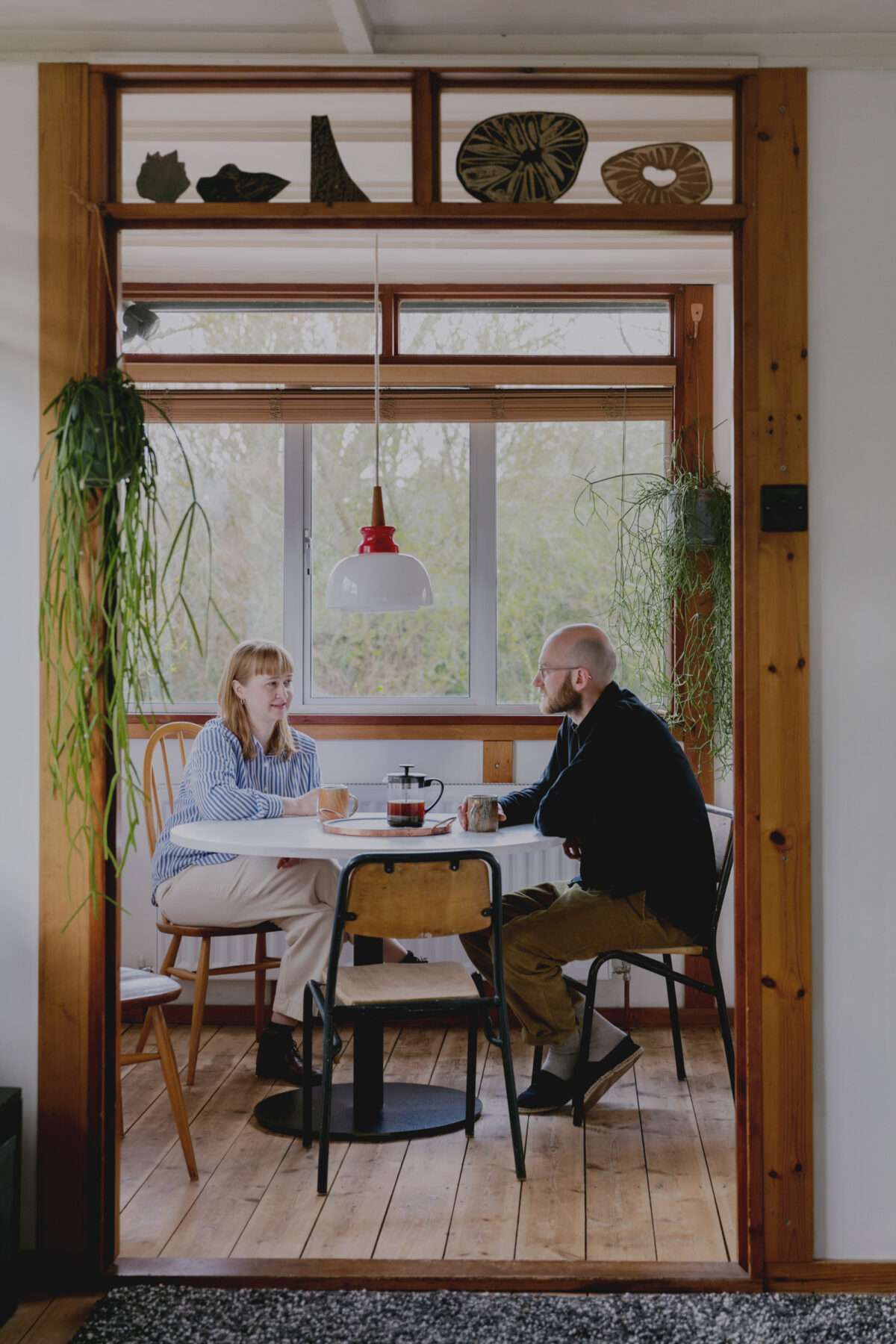
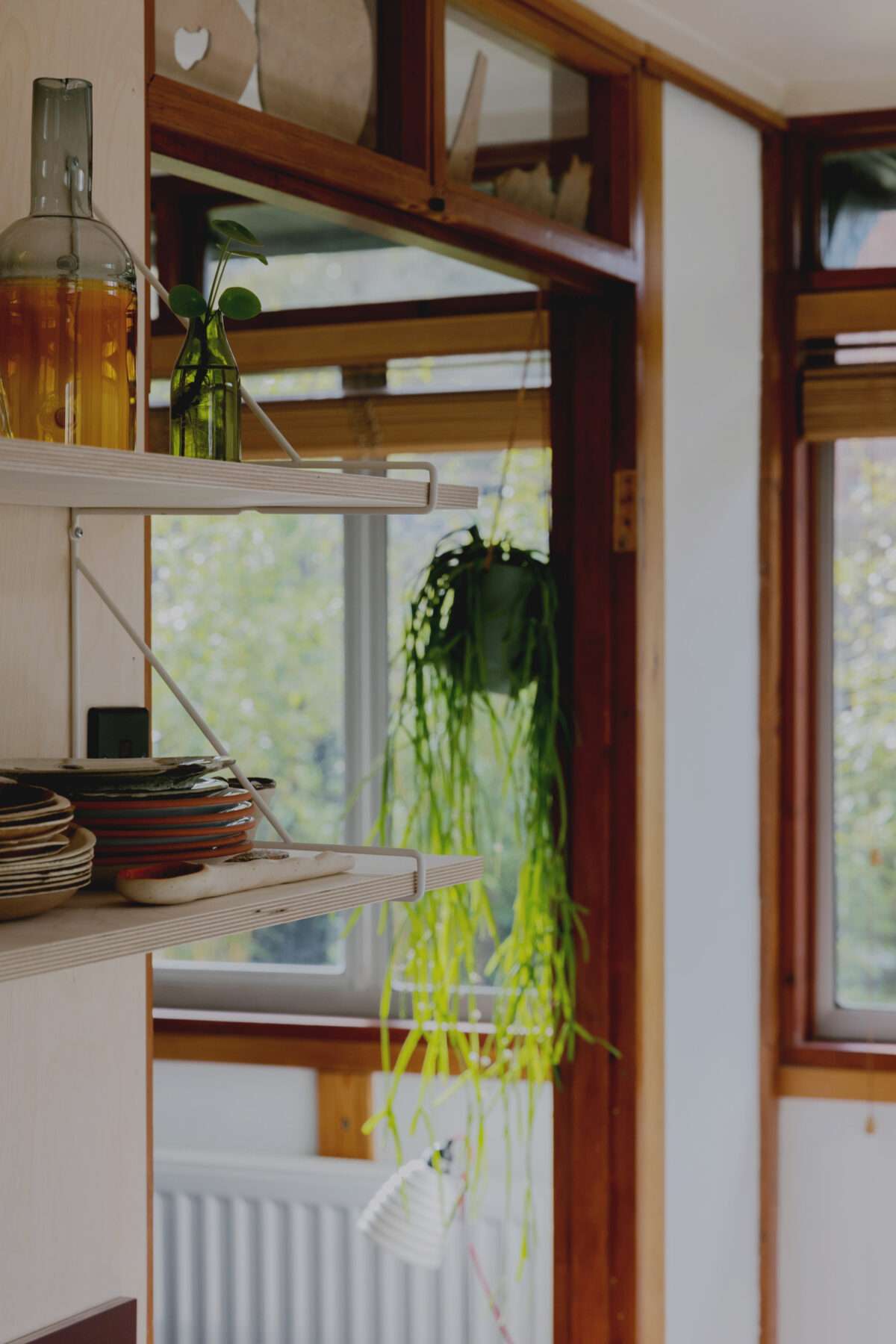
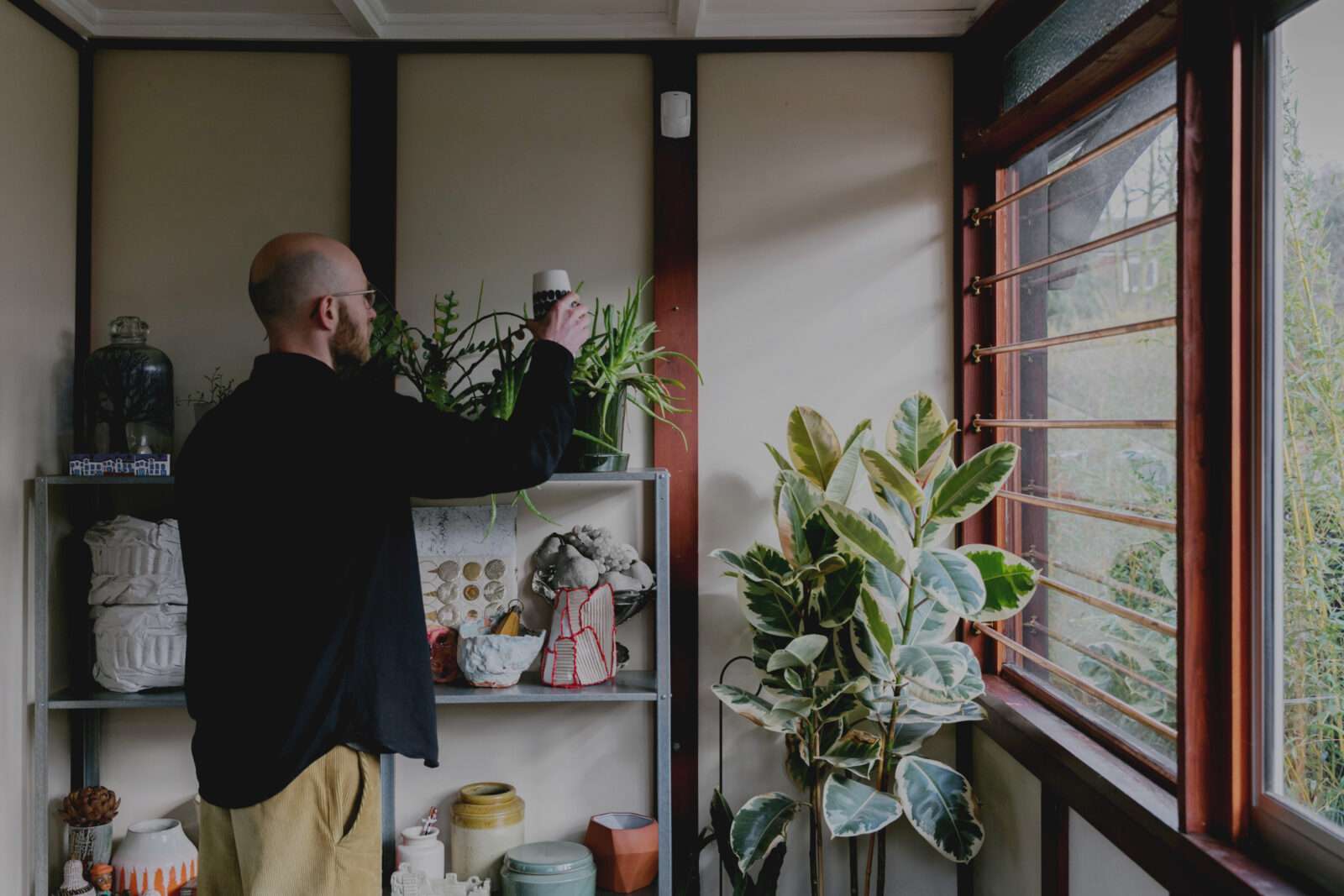
Adele: “The neighbours, this street, they’ve got quite an incredible community vibe. We’ve immediately been invited to Christmas parties, and they’ve got a newsletter. In fact, on one of the first days that we moved in, one of the neighbours was like, ‘Do you mind if we put you on the front page of the newsletter?’ It’s called The LA, the Longton Avenue Times! You can’t say no, can you?”
Simon: “I think everybody was a little bit concerned about who was going to buy this house.”
Adele: “Because of their connection with George, who built it. They all knew him really well. We met his daughter and we spent some time with her looking at pictures. So we’re connected in many different ways, which doesn’t immediately happen with most places that you move into.”
Have you made many changes to the house?Adele: “The outside was brown and we’ve painted it black. But there’s a lot of this deep burgundy red, which is very much of a particular time. I remember my dad painting a lot of external woodwork this Ronseal kind of red. At first we weren’t sure but then we thought, ‘Actually let’s try and work with it.’ So we’ve picked it as the worktop colour for that reason. We’re just trying to feel it out and be led by the house.
Simon: “We’re getting into wood, too. If you were being quite purist, you’d always go for one material, one type of wood and that’d be it. Here, you have to let go, it doesn’t work like that. We’ve seen other Segal houses that have a similar kind of thing going on, with the different types of wood. But they hold together because the rest of the space has helped join it up.”
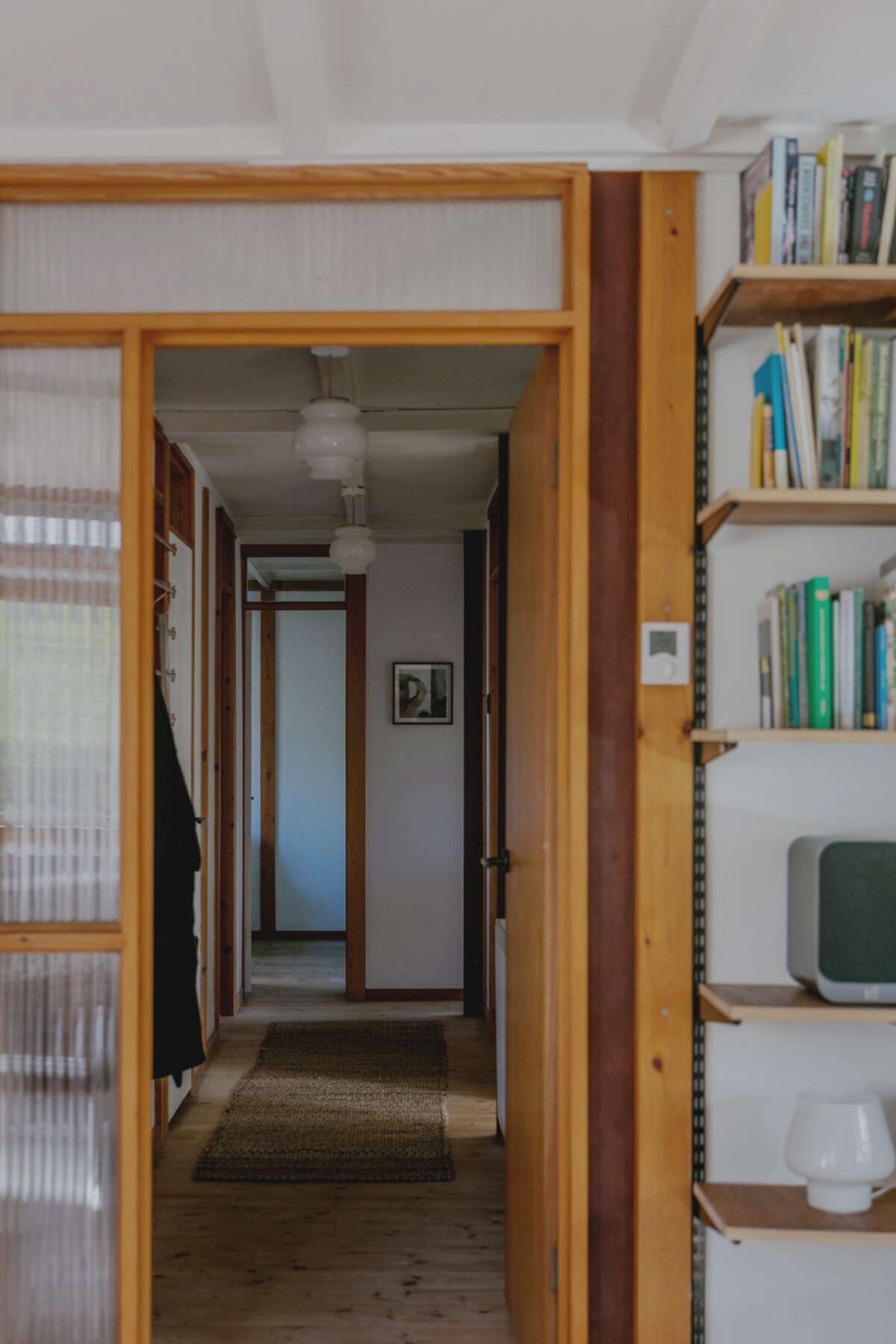
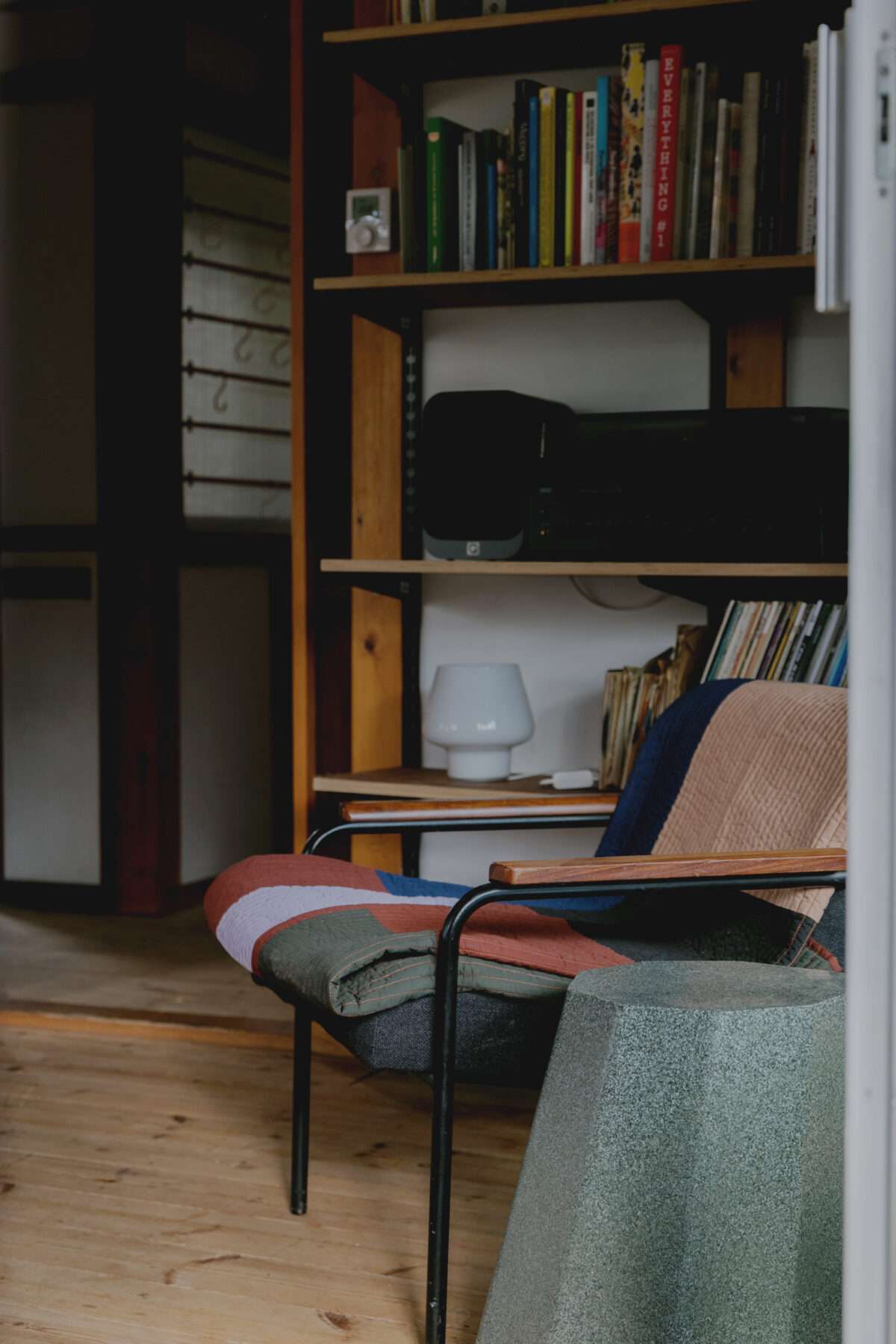
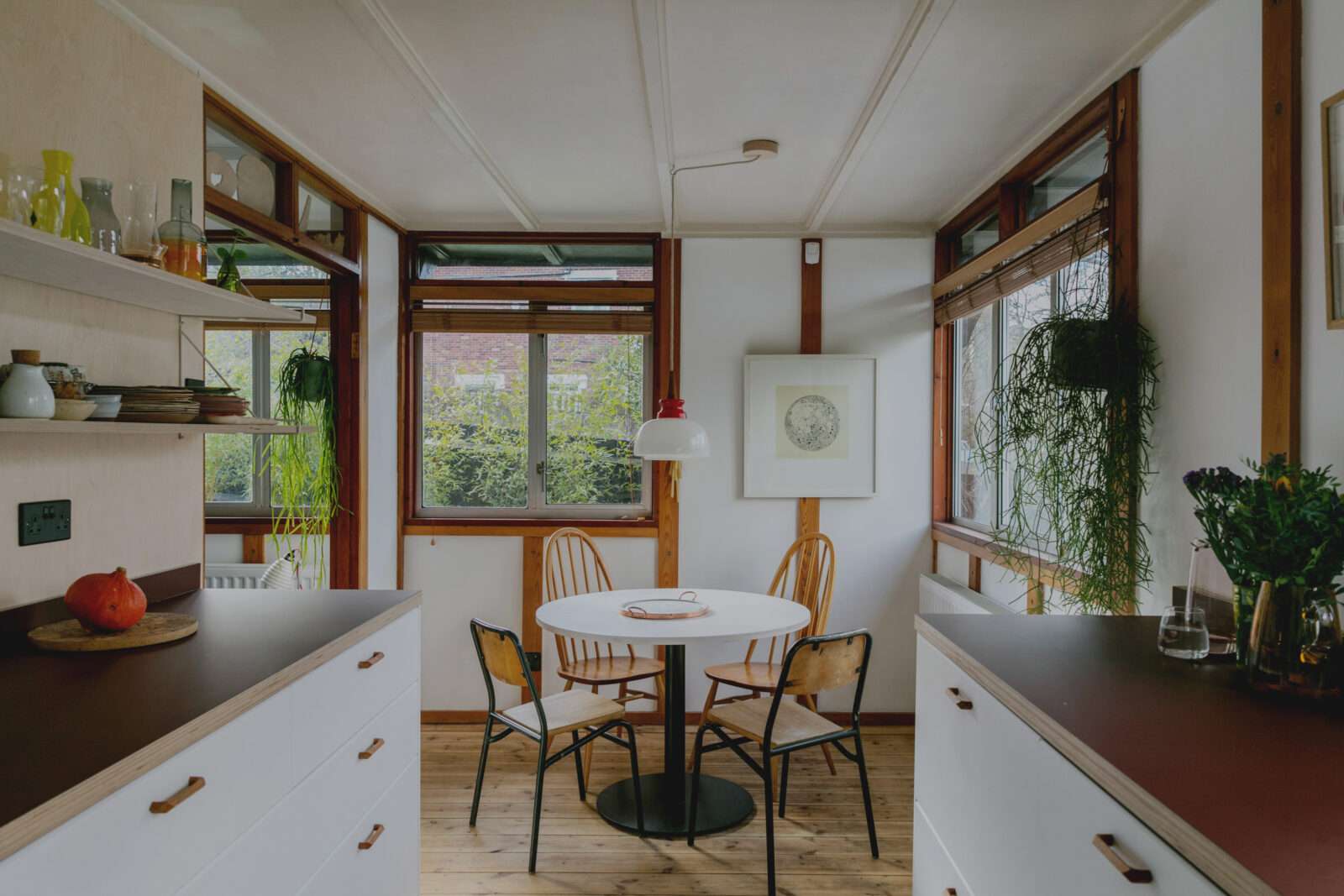
Simon: “The furniture’s probably the one thing that we’ve yet to really invest in. We’re being quite simple and functional at the moment but I think there’s scope to be more playful and to inject more colour. That’s what will express more of our personality, rather than the fabric of the space.”
Adele: “It feels like we need to take our time with this and develop our relationship with the house. We also want to talk to people who we know who make things. We’ve got smaller objects like ceramics that are by friends, and it would be nice to have more.”
How does your life happen here?Adele: “DIY.”
Simon: “Weekends are slightly DIY.”
Adele: “There is that making and tinkering thing, it’s something that happens in these places. I’m a designer, I work with charities and not-for-profits, helping them to design things and make art with their participants and communities. I did have a studio but as soon as we moved in here I started working from home. It was really hard to do that in our old flat because I didn’t have any room, so I stopped making things. Now I feel excited by the prospect that I can continue my work here.”
It sounds like a deep relationship is forming.Simon: “There’s a lot more to it than just the house. There is a wider community, including fans of self-build architecture, but also other people who are interested in it for different reasons. I think that’s why we feel like we can do something with the house, whether that’s Open House or Open Studios. We can use it in a different way, rather than it being just the place where we live. I suppose that’s Segal’s legacy.”
You think Segal empowered these people?Adele: “I think he put tools into people’s hands and said, ‘Look, you can do it. You can create things.’ This idea continues: you can create something whoever you are, whatever your background is.”
